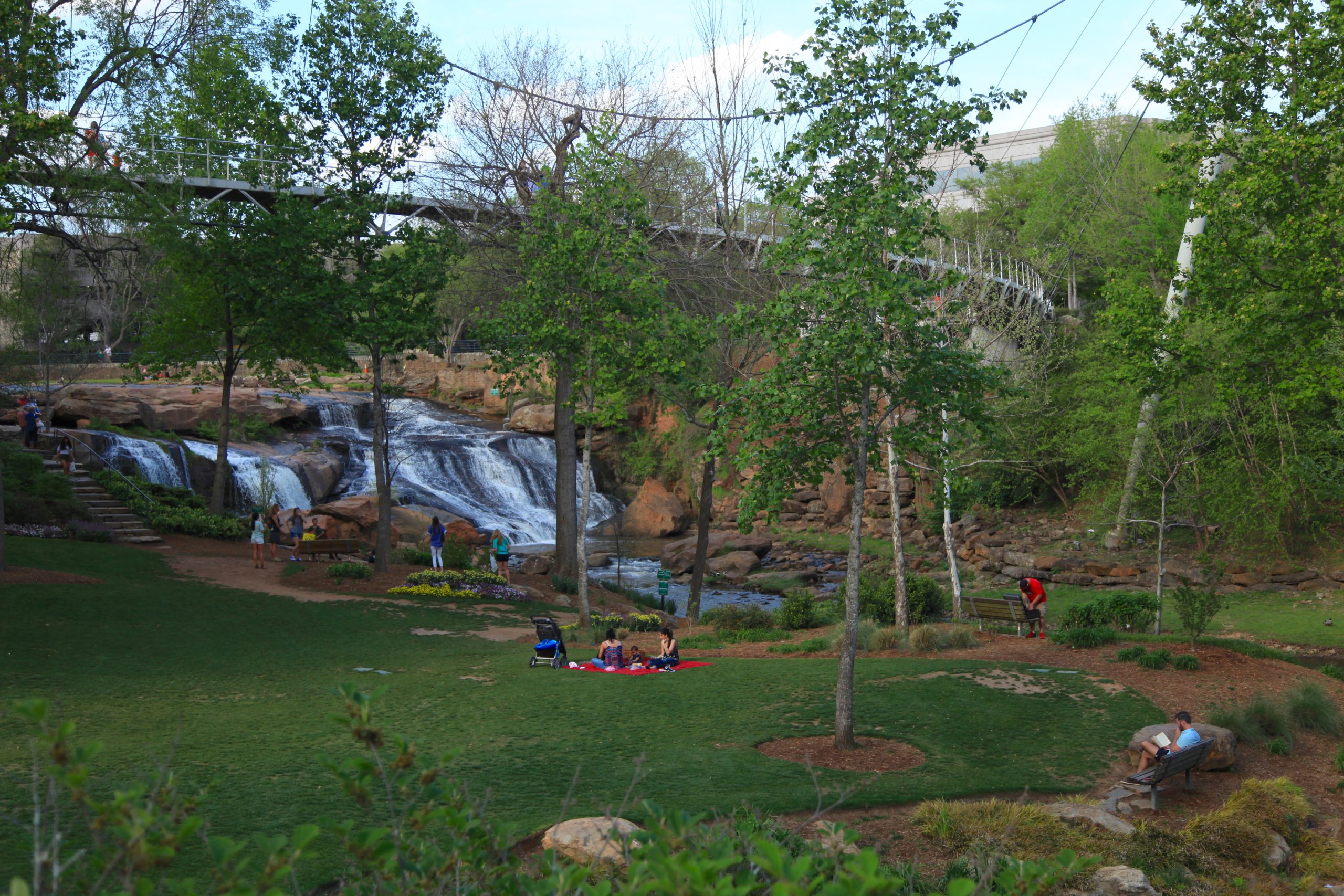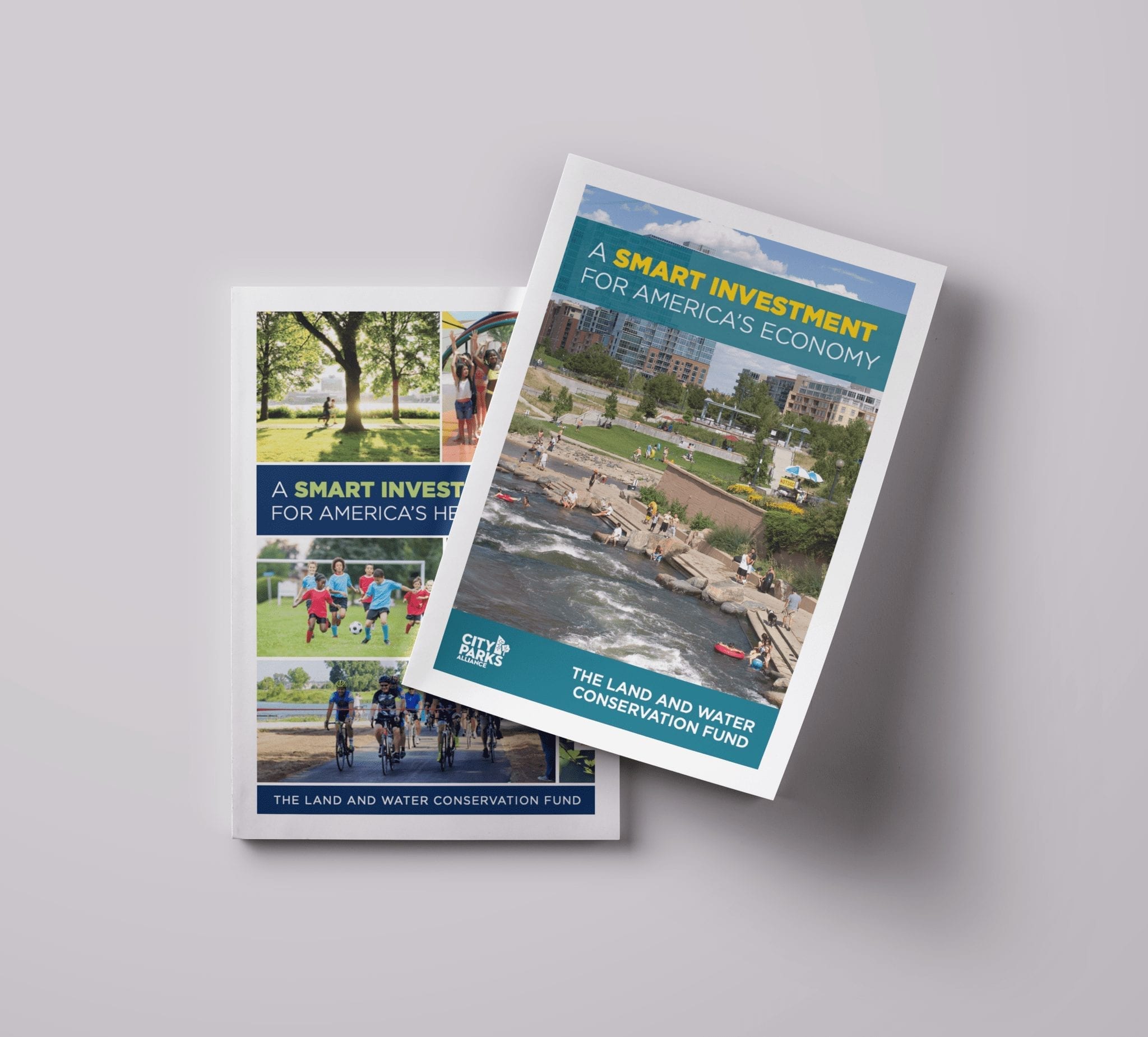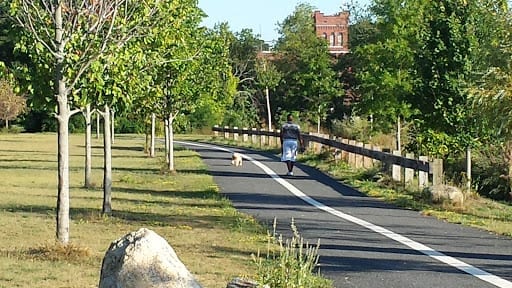Parks and green space support public health, workforce development, local economies, the environment, and community cohesion. And yet, historic disinvestment has left many low-income communities and communities of color without quality parks and recreation opportunities. Federal and state park funding programs that prioritize investments in underserved communities contribute to closing the equity gap.
The Land and Water Conservation Fund (LWCF) is the primary source of federal funding for parks and conservation. LWCF funds city parks through the State Side Program and the Outdoor Recreation Legacy Partnership Program, which provides grants specifically to cities for park projects in disadvantaged communities.
In 2020, LWCF received a significant boost through the passage of the Great American Outdoors Act funding of $900 million per year, almost doubling federal funds for parks. Federal funding for urban parks in low-income communities is expected to increase substantially as a result.
State and local funding sources continue to be essential for acquisition, development and restoration of urban parks. The model state and local programs identified in the Hub have equity criteria that ensure disadvantaged communities benefit from the investment.




